Introduction
Wonton broth, a staple in Chinese cuisine, is a comforting and flavorful soup that pairs perfectly with delicate wonton dumplings. Its rich, savory taste often serves as the backbone of many Chinese dining experiences, from casual street food to elegant restaurant meals. While the art of crafting a perfect wonton broth may seem intricate to the uninitiated, with the right ingredients and techniques, anyone can create a broth that is both satisfying and memorable. This comprehensive guide will walk you through the process of making a delicious wonton broth, from selecting the best ingredients to mastering the cooking techniques that bring out the fullness of flavor.
Chapter 1: Understanding the Basics
Before diving into the recipe, it’s essential to understand the fundamental components of a well-made wonton broth. The broth’s flavor profile is built upon a foundation of umami-rich ingredients, which are known for their savory taste. Key elements include pork bones, chicken bones, shrimp shells, and various aromatic spices and vegetables. Each ingredient contributes its unique flavor and texture to the final dish.
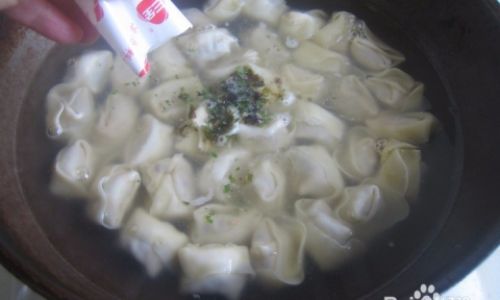
1 Pork Bones and Chicken Bones
Pork bones and chicken bones are the cornerstone of any good broth. They provide a rich, meaty flavor and a silky texture due to the gelatin released during long, slow cooking. It’s crucial to use high-quality bones that still have some meat attached, as this will add more depth to the broth.
2 Shrimp Shells
While not traditional in all wonton broth recipes, shrimp shells can elevate the dish with their subtle seafood flavor and natural umami. They add a layer of complexity that complements the pork and chicken base beautifully.
3 Aromatics and Vegetables
Aromatics such as ginger, garlic, and scallions are essential for balancing the broth’s richness. They help to cut through the fat and add a fresh, clean taste. Vegetables like carrots, celery, and onions also play a vital role, providing sweetness and additional nutrients.
Chapter 2: Preparing the Ingredients
Proper preparation of the ingredients is key to achieving a successful broth. Each component should be treated with care to ensure it contributes its maximum flavor potential.
1 Blanching the Bones
Before simmering the bones, it’s important to blanch them in boiling water. This step removes impurities, such as blood and excess fat, which can cloud the broth and give it an unpleasant taste. Blanch the bones for about 10 minutes, then rinse them thoroughly under cold water.
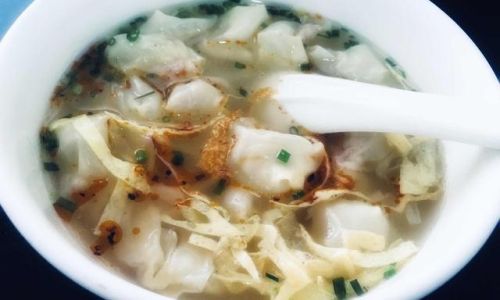
2 Roasting the Bones
Roasting the bones before simmering them is another crucial step. This caramelizes the natural sugars on the bone surface, adding a depth of flavor and a beautiful golden hue to the broth. Preheat your oven to 350°F (175°C) and roast the bones for about 30-40 minutes, turning them occasionally until they are evenly browned.
3 Preparing the Shrimp Shells
If using shrimp shells, rinse them thoroughly under cold water to remove any sand or debris. You can lightly roast them in the oven along with the bones for an additional layer of flavor. Alternatively, you can simmer them separately in a small pot of water until they turn pink and release their juices.
4 Chopping the Aromatics and Vegetables
Finely chop the ginger, garlic, and scallions. These aromatics will be added to the broth later to infuse it with their fresh flavors. For the vegetables, peel and roughly chop the carrots, celery, and onions. They will be simmered along with the bones to create a flavorful base.
Chapter 3: Simmering the Broth
Once all the ingredients are prepared, it’s time to start simmering the broth. This is a slow, patient process that requires attention to detail and a willingness to let the flavors meld naturally.
1 Combining the Ingredients
Place the roasted bones, shrimp shells (if using), and chopped vegetables in a large stockpot. Fill the pot with enough cold water to cover all the ingredients by at least 2 inches. Cold water is crucial here, as it helps to draw out the flavors more slowly and evenly.

2 Bringing to a Boil
Place the pot over high heat and bring the water to a rolling boil. Skim off any foam or impurities that rise to the surface with a ladle. This step is important for ensuring a clear, clean broth.
3 Reducing the Heat
Once the broth has been skimmed, reduce the heat to low and let it simmer gently. The key to a successful broth is patience. Simmering the broth slowly over a low heat allows all the flavors to meld together without scorching or reducing the liquid too much.
4 Adding the Aromatics
After the broth has been simmering for about an hour, add the chopped ginger, garlic, and scallions. These aromatics will infuse the broth with their fresh, clean flavors. Continue to simmer the broth for another 2-3 hours, skimming off any foam that forms on the surface as needed.
Chapter 4: Seasoning and Finishing the Broth
After several hours of simmering, the broth will have developed a rich, golden color and a deep, savory flavor. Now it’s time to season and finish the broth to perfection.
1 Seasoning with Salt
Taste the broth and season it with salt as needed. Salt is crucial for enhancing the flavors of the broth and bringing out the umami. Start with a small amount and add more gradually until the broth tastes balanced and flavorful.

2 Adding Soy Sauce and Sesame Oil
For a traditional wonton broth, add a splash of soy sauce and a teaspoon of sesame oil. These ingredients add a hint of soy’s savory sweetness and sesame’s nutty richness, respectively. Adjust the amounts to taste, remembering that the flavors should complement each other without overpowering the broth.
3 Straining the Broth
Once the broth is seasoned to your liking, it’s time to strain it. Use a fine-mesh strainer to remove all the solid ingredients, leaving behind a clear, flavorful broth. You can press down on the solids with the back of a spoon to extract as much flavor as possible, but be careful not to let any debris into the broth.
4 Storing the Broth
Let the strained broth cool to room temperature, then transfer it to airtight containers. You can store it in the refrigerator for up to a week or in the freezer for several months. When ready to use, simply reheat the broth over low heat until it reaches your desired temperature.
Chapter 5: Serving the Wonton Broth
Now that you’ve made a delicious, flavorful broth, it’s time to enjoy it with some homemade wontons. Here are a few tips for serving your broth to perfection.
1 Preparing the Wontons
Homemade wontons are the best way to experience the fullness of flavor of your broth. Fill the wonton wrappers with your favorite filling, such as pork and shrimp, and seal them tightly to prevent leakage. You can cook the wontons in boiling water until they float to the surface, or pan-fry them for a crispy texture.
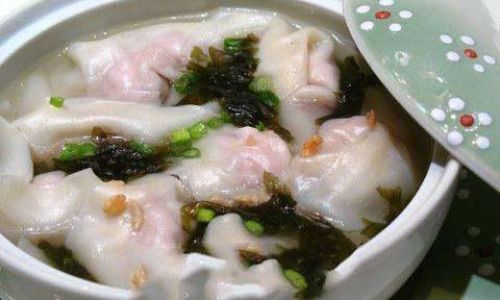
2 Assembling the Dish
Place a few cooked wontons in a bowl and ladle the hot broth over them. Garnish with chopped scallions, cilantro, and a drizzle of sesame oil for added flavor and color. Serve immediately while the broth is hot and the wontons are fresh.
3 Pairing with Side Dishes
Wonton broth is versatile and pairs well with a variety of side dishes. Consider serving it with steamed dumplings, fried noodles, or a simple green salad. These dishes will complement the broth’s flavors and create a balanced, satisfying meal.
Conclusion
Making a delicious wonton broth is a rewarding culinary endeavor that requires patience, attention to detail, and a love for flavor. By following this comprehensive guide, you’ll be able to create a broth that is rich, savory, and bursting with umami. Whether you’re serving it to family and friends or enjoying it on a cold winter night, your homemade wonton broth is sure to become a cherished part of your culinary repertoire. Happy cooking!



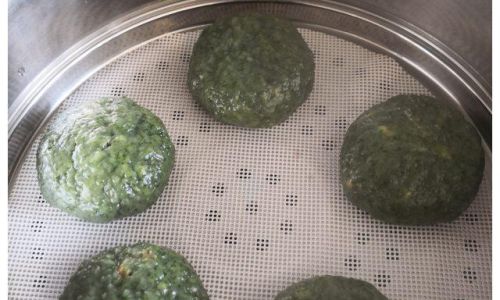
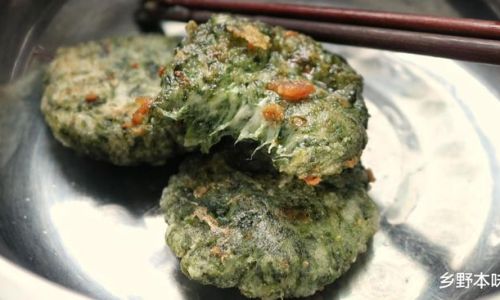
0 comments